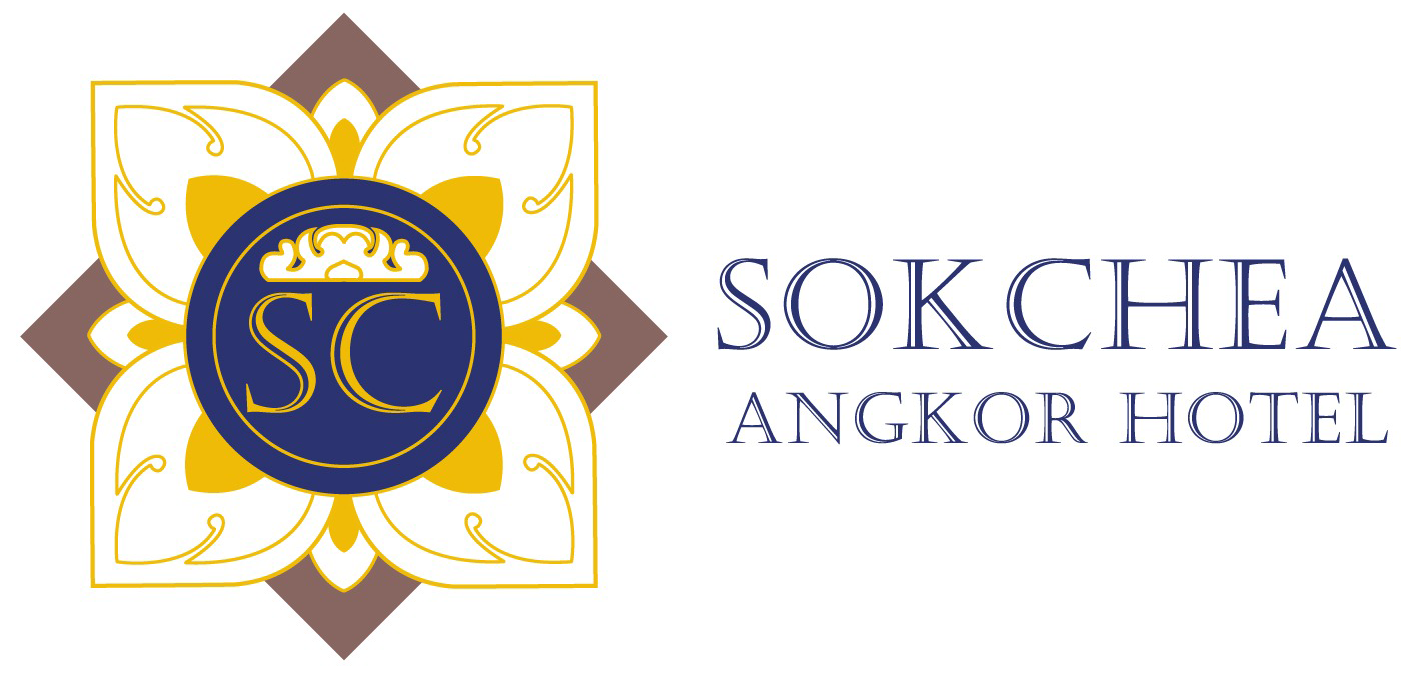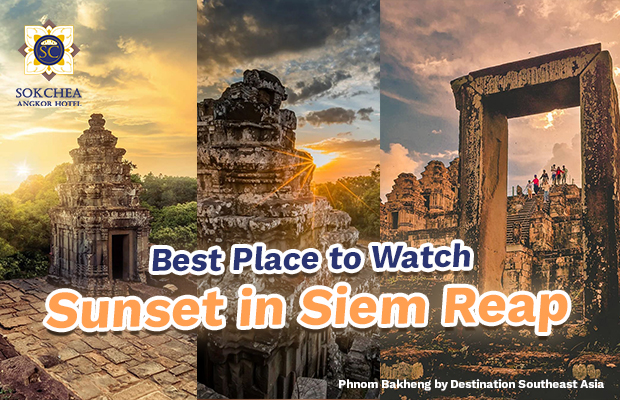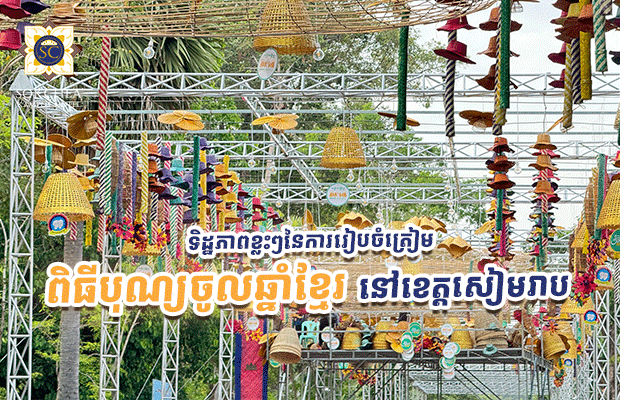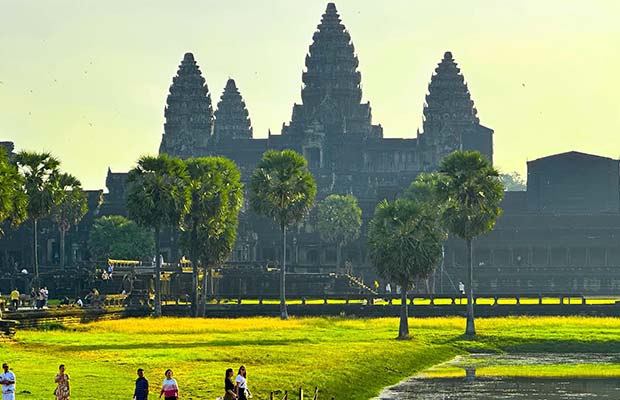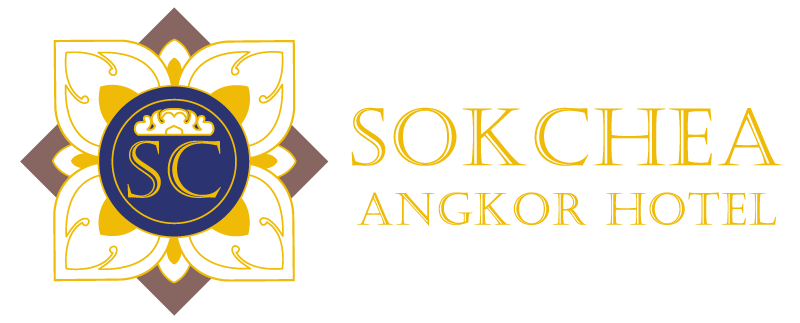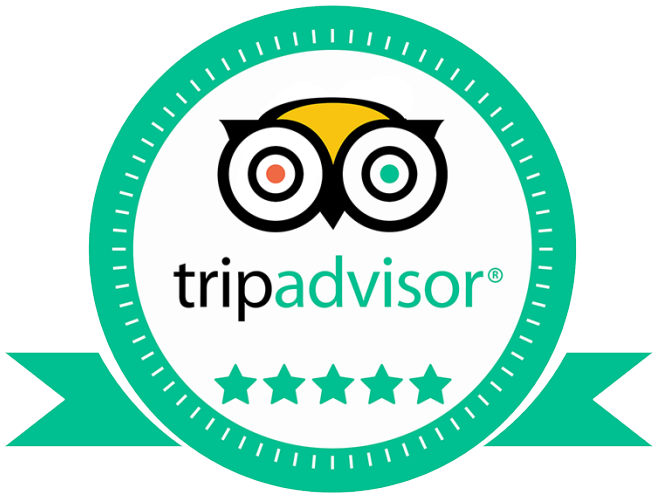Immerse yourself in the unique culture and lifestyle of Cambodia with the Floating Village Kompong Pluk Adventure. This captivating tour offers an authentic glimpse into the lives of the local communities living on the water, surrounded by the natural beauty of the Tonle Sap Lake.
Kompong Pluk Floating Village
Begin your adventure with a journey to Kompong Pluk, a charming floating village located on the Tonle Sap Lake. Kompong Pluk is renowned for its stilted houses, which rise up to ten meters above the water, providing protection from the seasonal flooding. As you explore the village, you’ll witness the daily activities of the residents, who depend on fishing and aquaculture for their livelihoods. The unique architecture and vibrant community life offer a fascinating insight into a way of life that has remained largely unchanged for generations.
Mangrove Forest
A highlight of the Kompong Pluk Adventure is a visit to the nearby mangrove forest. During the wet season, you’ll glide through the submerged forest in a traditional wooden boat, navigating the labyrinthine waterways and soaking in the tranquil beauty of the surroundings. The mangrove forest is home to a diverse array of wildlife, including exotic birds, making it a paradise for nature lovers and birdwatchers.
Please contact our reception for more information.
